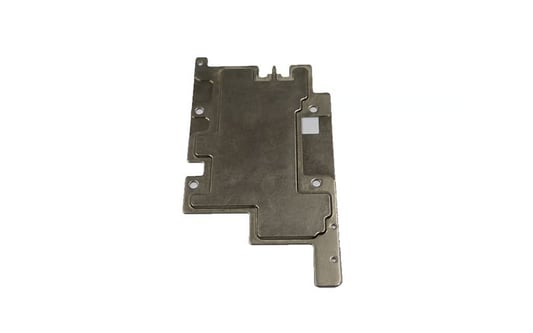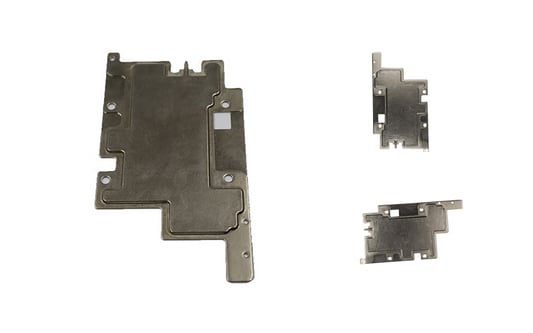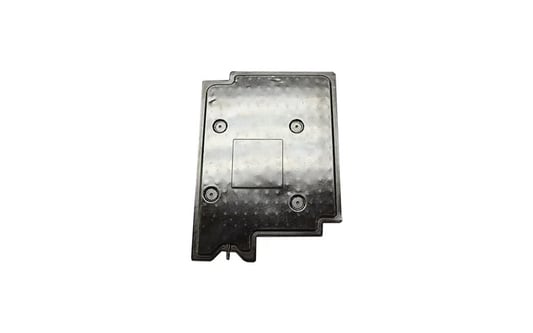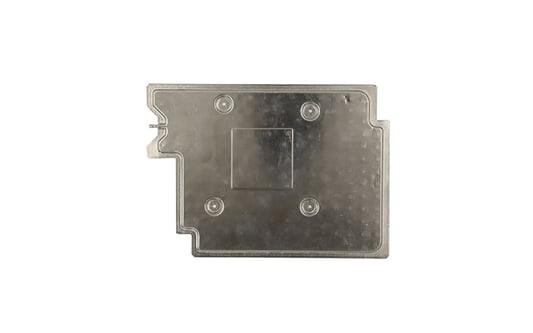Improved Heat Transfer Efficiencyvapor chamber cooling for CPUs is known for its superior heat transfer efficiency compared to traditional cooling methods. By using a vapor chamber, heat is spread evenly across the surface, allowing for better thermal management and preventing hot spots.Enhanced Thermal PerformanceOne of the key advantages of vapor chamber cooling for CPUs is its ability to provide enhanced thermal performance. As heat is quickly dissipated through the vapor chamber, the CPU is able to maintain optimal operating temperatures, resulting in improved overall performance.Compact and Lightweight DesignVapor chamber cooling systems are often more compact and lightweight than traditional CPU coolers, making them ideal for smaller form factor systems or builds where space is limited. This allows for greater flexibility in designing and building high-performance PCs.Quiet and Efficient CoolingVapor chamber cooling is not only efficient at removing heat from the CPU, but it is also typically quieter than other cooling solutions. This can be especially beneficial for users who prioritize a quieter computing experience without compromising on performance.Long-Term ReliabilityVapor chamber cooling systems are designed to be durable and reliable, providing long-term cooling solutions for CPUs. With proper maintenance and care, vapor chamber coolers can last for years without experiencing significant decreases in performance.Improved Overclocking PotentialFor users who are interested in overclocking their CPUs for increased performance, vapor chamber cooling can be a game-changer. By keeping temperatures low and stable, vapor chamber cooling allows for higher overclocking potential without risking damage to the CPU.Energy EfficiencyVapor chamber cooling for CPUs can also contribute to energy efficiency by optimizing thermal management. By efficiently transferring heat away from the CPU, less energy is required to maintain optimal operating temperatures, resulting in lower overall power consumption.Easy Installation ProcessMany vapor chamber cooling solutions are designed for easy installation, making them accessible to both novice and experienced PC builders. With user-friendly mounting mechanisms and clear instructions, installing a vapor chamber cooler can be a straightforward process.Compatibility with High-Performance CPUsVapor chamber cooling systems are well-suited for high-performance CPUs that generate a significant amount of heat during operation. Whether you have a high-end gaming rig or a workstation that demands powerful processing capabilities, vapor chamber cooling can effectively manage thermal loads.Cost-Effective Cooling SolutionWhile vapor chamber cooling systems may initially have a higher upfront cost compared to traditional cooling solutions, they can ultimately be a cost-effective investment in the long run. With their efficiency, reliability, and performance benefits, vapor chamber coolers offer great value for demanding CPU cooling needs.Quote Inquirycontact us










